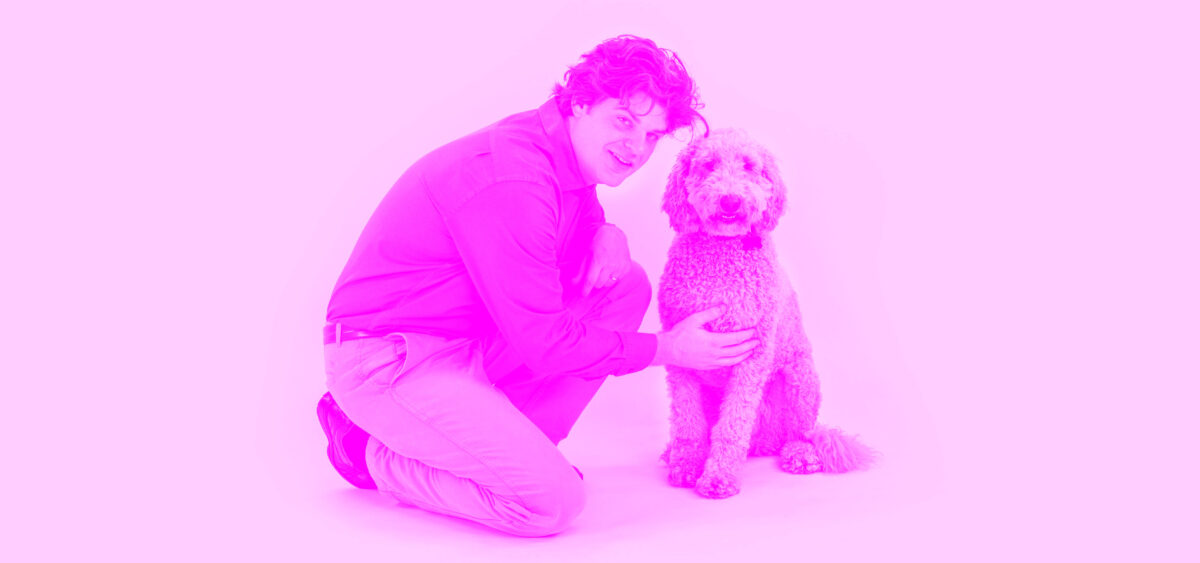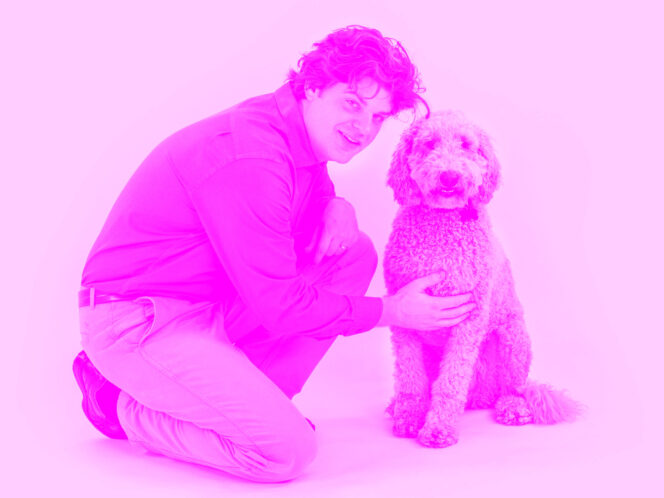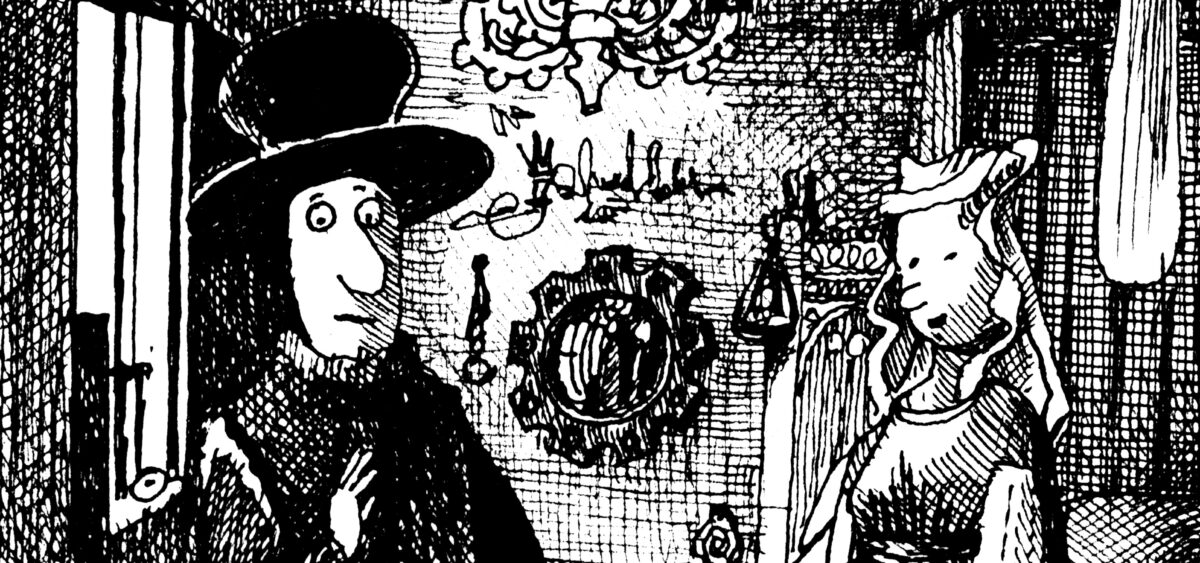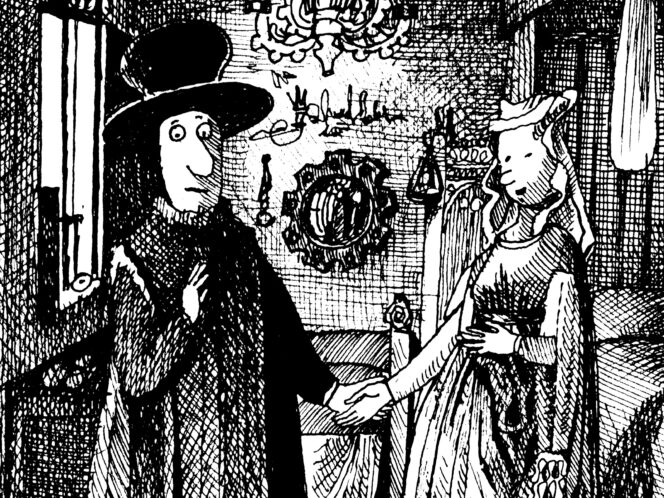
Kindness evolved to help us survive, says Brian Hare, evolutionary anthropologist. How can we exhibit it today so that it continues to work to the advantage of the human species?
Brian Hare’s course as a scientist was decided by Oreo, a black Labrador who was his childhood friend and to whom he taught tricks, observing his remarkable talents. It was his canine intelligence research that secured him his greatest popularity, though his interests are far broader. He and his wife, Vanessa Woods, a scientist and science journalist, work at Duke University, where they research the development of primates. Their latest book on evolution, Survival of the Friendliest, argues that, when it comes to evolution, it is not strength that counts, but being nice, open-minded, and friendly.
Paulina Wilk: As a scientist, you spend a lot of time with animals. Do you prefer them to people?
Brian Hare: I like people, and I don’t usually try to avoid them, but I do find pleasure being in nature. I feel happy when I can observe, for instance, two chimpanzee species: the common chimpanzee and the pygmy chimpanzee, or bonobo. I try to understand how their minds work. I observe, for instance, the errors they make and reflect on what those errors show. My work requires not only patient analysis of their behavior and drawing conclusions, but also feeling the animal’s situation, to whatever extent this is possible. I’m an evolutionary anthropologist, and everything I do comes down to studying other animals in order to learn more about ourselves.
What has surprised you the most in your work?
Two findings were groundbreaking for me. The first thing that amazed me were bonobos. When I began studying primates, it was generally assumed that evolution was driven by competition. With this assumption, I decided to check how the minds of common and bonobo chimpanzees work, comparing them with those of humans. In our experiments, we gave the former group a simple social problem—rivalry. We noticed they display much more competitive behavior than human children, who communicate better and show more of an inclination to cooperate. This came harder to the common chimpanzees. When I put the bonobo to the same test, however, they showed no desire to compete. Rivalry was so stressful for them that the experiment came to nothing. At first I thought the group was too small or atypical, but when I moved to Kinshasa in Congo and studied more bonobos, I confirmed my earlier observations. The awareness that this species totally








